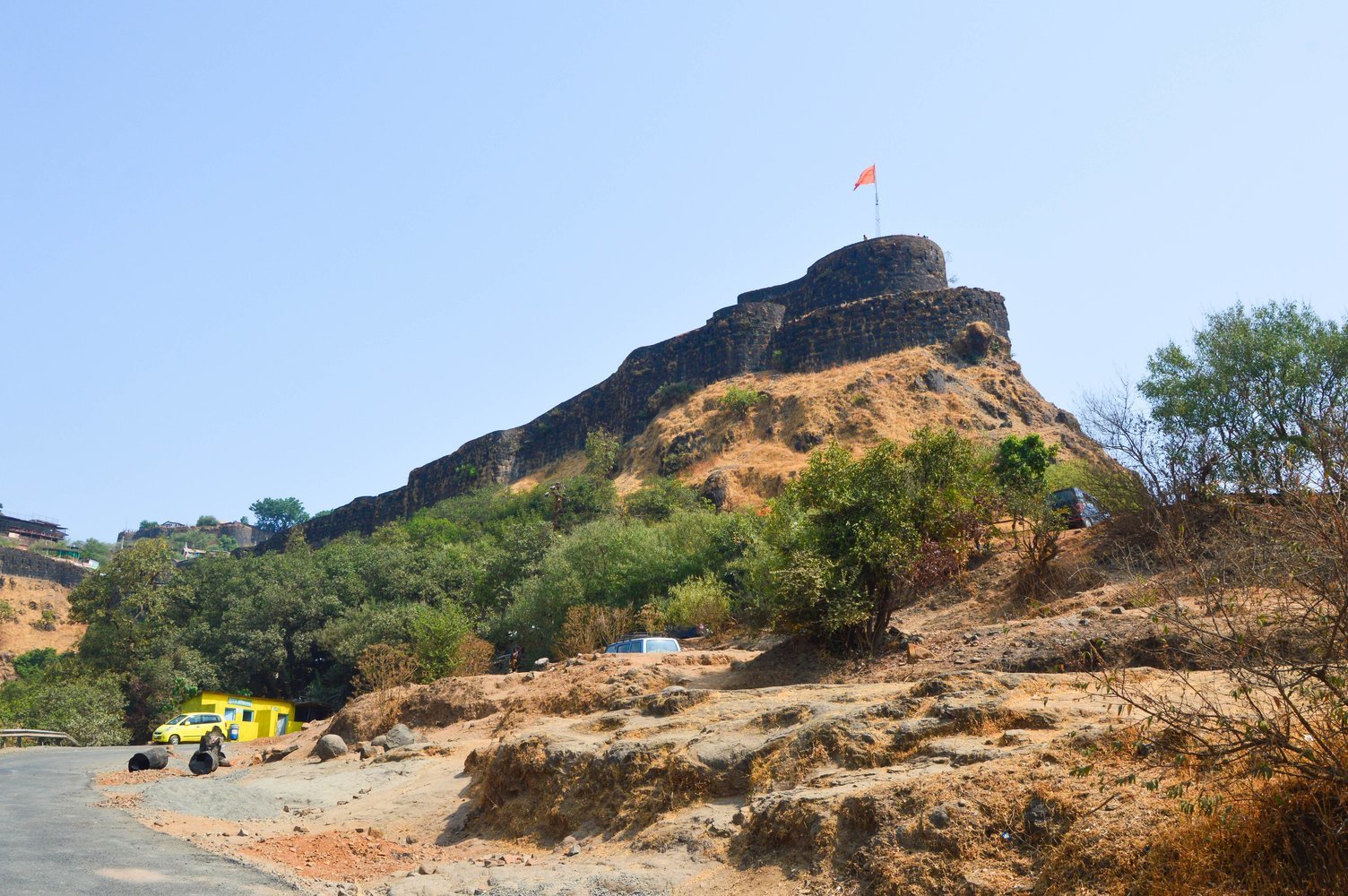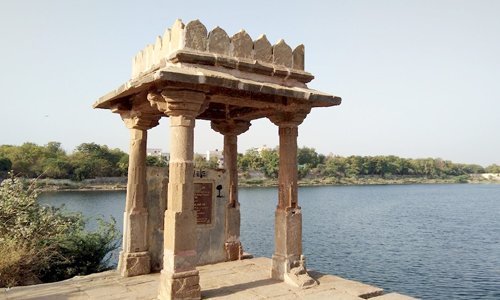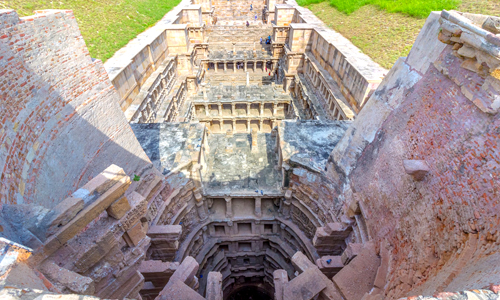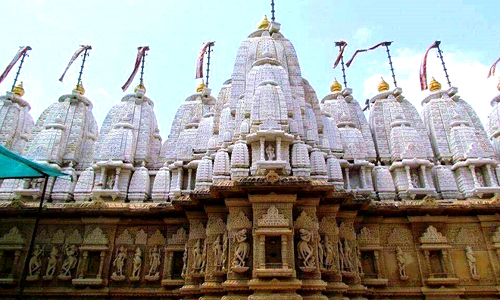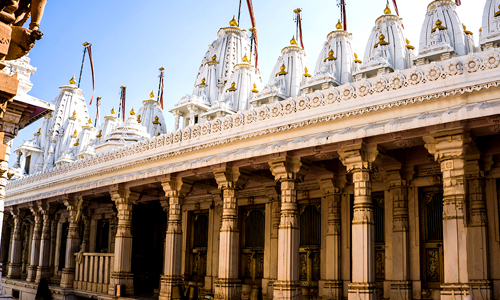Sahasralinga Talav is a mediaeval water tank located in Patan, Gujarat. It is one of Gujarat's most important heritage sites and one of Patna's best places to visit. It is under the maintenance of the Archaeological Survey of India.
Sahasralinga Tank, also known as Sahasralinga Talav, is a mediaeval artificial water tank near Patan, Gujarat, India. It came into existence under the Chaulukya (Solanki) reign. The Archaeological Survey of India protects this monument of national importance. During the Patan tour package, Sahasralinga Talav is a place worth visiting.
Architecture
The Sahastralinga Talav is pentagonal, with a sequence of mounds indicating its shape. The talav is around one kilometre wide and covers an area of about 17 hectares. The talav would have held around 4,206,500 cubic metres of water at its peak.
The Bakasthana, a massive earth heap, is located in the centre of the Talav. A Rauza, an octagonal structure made of Lakhori bricks, was built on an elevated platform above it. The most interesting relics are the canals, the well, the Talav's steps and side elevation, and a bridge.
What is the history of Sahasralinga Talav?
Siddhraj Jaisinh built the Sahasralinga Talav, which means 'lake of a thousand lingams', in 1084. It is on top of a lake previously famous as Durlabh Sarovar by King Durlabh Ray. This tank is located in the northwestern portion of Patan, on the banks of the Saraswati River.
A woman named Jasma Oden gave a curse, and the tank became dry and without water. She refused to marry Siddhraj Jaisinh and committed Sati to safeguard her honour.
When was Sahasralinga Talav built?
The tank is one of the most significant waterfront structures of the Solanki period 1084. It is a fine example of that era's engineering, and the procedure of extracting water from the Saraswati River is impressive.
Which river flows in Sahasralinga?
Sahasralinga is a Hindu pilgrimage place with a thousand Shiva lingas into the riverbed and banks of the Shalmala River.


